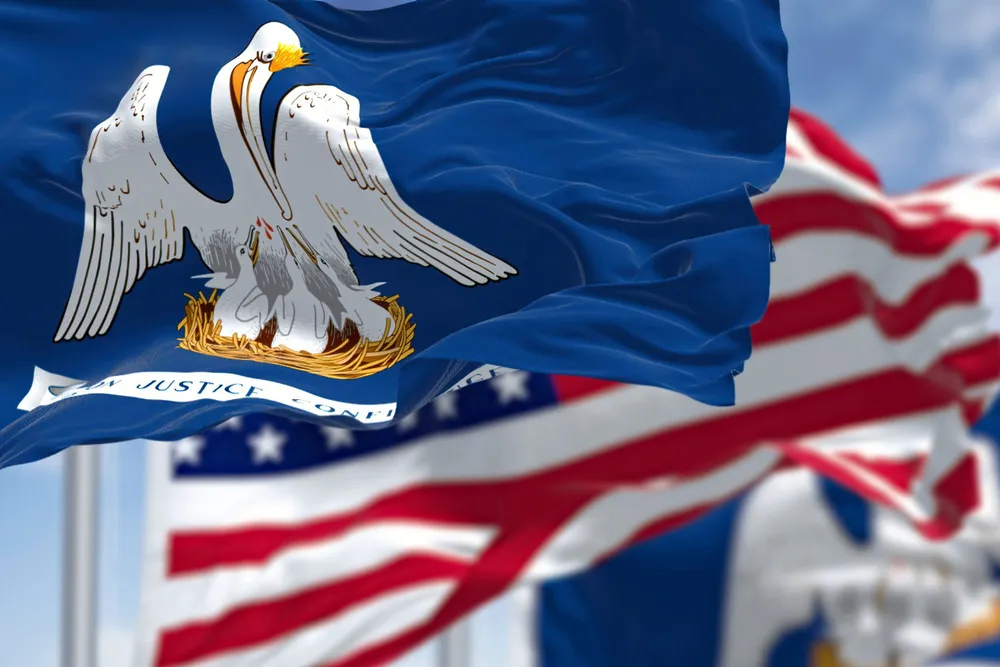Japan's Mitsubishi sees offshore wind fast-lane in US state's waters
Subsidiary Diamond Offshore Wind expects Louisiana array will be permitted quicker and at lower cost than federal developments

As the US industry anticipates the upcoming second Gulf of Mexico (GoM) offshore wind lease auction in federal waters, Mitsubishi-owned Diamond Offshore Wind (DOW) is kickstarting sector development with plans for a commercial-scale array in Louisiana state waters.
Offshore wind projects in federal waters typically have an eight to 10-year development cycle, including a lengthy and thorough environmental impact statement (EIS) that involves multiple branches of government and can take years to complete.
“For Louisiana in particular, this can lead to building out the supply chain faster, including jumpstarting an offshore wind port at Port Fourchon, and hundreds, if not thousands, of direct and indirect jobs for Louisiana,” O'Brien added.
Danish turbine OEM Vestas’ US development arm Steelhead Wind is also developing a near-shore project, Cajun Wind, on a 59,653-acre site farther west off Cameron Parish.
Shaky start
GoM development got off to a shaky start last summer when two leases off Galveston, Texas, offered by regulator Bureau of Ocean Energy Management (BOEM) in its first federal leasing auction were ignored.
Low wind speeds averaging just barely commercial speeds of 7 metres per second (m/s) and risk of devastating hurricanes contributed to the lack of interest.
“With its long history of servicing the offshore oil and gas sector, Louisiana is perfectly positioned to support the offshore wind industry as it continues to grow throughout the US,” said O’Brien.
“By tapping into the abundant, experienced, local Louisiana supply chain, we believe the cost of Gulf Wind will be at or below that of much bigger projects in the Atlantic,” she added.
Financial viability for the project will be challenged by the unique operating agreement that will see DOW and Vestas pay royalties to operate the wind farms, similar to those paid by the oil & gas sector.
When signing its operating agreement, DOW paid $308,101 in upfront fees and will pay 1.5% of gross revenues for the lifetime of the project, while Vestas’ Cajun Wind paid $357,923 upfront and 2.2% in royalties.
Projects in federal waters do not pay such fees.
Commercial scale
Despite the tiny area, DOW’s Gulf Wind is no pilot array, though, and the project will cram 200MW of turbines onto its site and seek commercial profits.
“Although small by offshore wind standards, DOW believes the Gulf Wind project is a commercial-scale project and, therefore, would expect commensurate returns,” said O’Brien.
“At this early project stage, DOW is exploring all commercial contracting avenues,” she said.
The project could likewise seek federal and state support, including investment tax credits offered by the Inflation Reduction Act as well as Department of Energy funding to advance low wind speed / hurricane turbine technology, O’Brien said.
State water, near-shore development won't necessarily be all smooth sailing, however, and environmental groups have already raised alarm over the impact to coastal ecosystems. The GoM is host to multiple rare and endangered migratory and native birds especially that depend on its marshy coastlines for survival, potentially teeing up the sector for a bitter fight.
(Copyright)